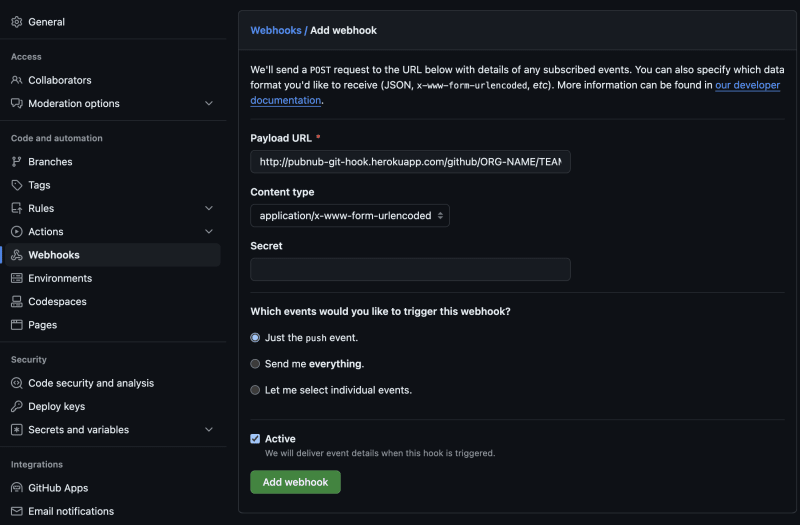Many users like to use emojis when posting messages to your website. As Web developer we should allow and encourage such kind of usage. Because it’s funny!😊
And some websites may have the need retrieving messages from backend being base64-coded.
But most of emojis are UTF-16 code. base64 can only work with UTF-8 or ASCII code. You can’t encode UTF-16 into base64 directly!
The idea is to convert the text containing emojis into a piece of intermediate code in the form of ASCII first!
If you use JavaScript at both ends, you can do this:
Backend:
TextEncoder().encode() the text.
base64 encode.
Save into DB and over to Frontend.
Frontend:
Retrieve encoded text from Backend.
base64 decode.
TextDecoder().decode.
Then you’ll see the emojis. 😀
But if you use another language at backend, say PHP, you don’t always find an alternative of TextEncoder there. Instead we can use URL encoding/decoding at backend/frontend.
Document of encodeURIComponent() says:
by one, two, three, or four escape sequences representing the
UTF-8 encoding of the character
In other words, it converts emojis code into ASCII, which is perfectly compitable with base64. Here is what we can do:
Backend(PHP):
rawurlencode() the text.
base64_encode() encode.
Save into DB and over to Frontend.
Frontend(JavaScript):
Retrieve encoded text from Backend.
atob()(base64 decode)
decodeURIComponent().
Then we can see the emojis on webpage, even mixed with other UTF-8 text. 😎



